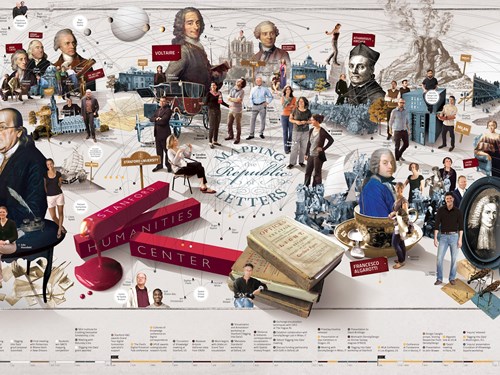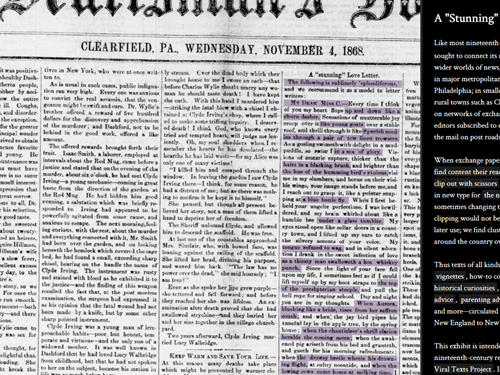Text analysis
In recent years, scholars have relied on what is known as close reading, which means reading and analysing individual texts. This method could be used to process dozens, or at most hundreds, of texts. Thanks to digitisation projects, but also to the texts produced by social media, there is now a huge amount of textual data available that cannot be processed using the classic close reading method.
However, thanks to computer tools for processing text data, it is possible to analyse large amounts of data in new ways. Text mining - or text data mining - and quantitative text analysis allows researchers to deal with this huge amount of data and find patterns in it that would not be visible to human readers. The method of quantitative text analysis, sometimes referred to as distant reading, does not replace traditional analysis ("close reading") but can complement it.
The concept of distant reading is not new. It was already introduced in 2000 by the literary scholar Franco Moretti.
Nástroje pro zpracování textu
Tools for textual analysis
- Mallet Mallet is a tool for Topic modeling, i.e. modeling topics in text.
- Voaynt Tools Voyant Tools is a web-based environment for reading and analyzing text. It is a scholarly project designed to facilitate reading and interpretation practices for students and scholars in the digital humanities and the general public.
- Sketch Engine Sketch Engine (SkE) is a software that retrieves word profiles (word sketches), groups them based on grammatical relations and creates thesauri from the corpus.
- KonText The KonText interface is a web application used to access and work with CNK corpora.
- Google nGram viewer Google's tool for researching keywords in over 5 million books in Googlebooks by 2008.


